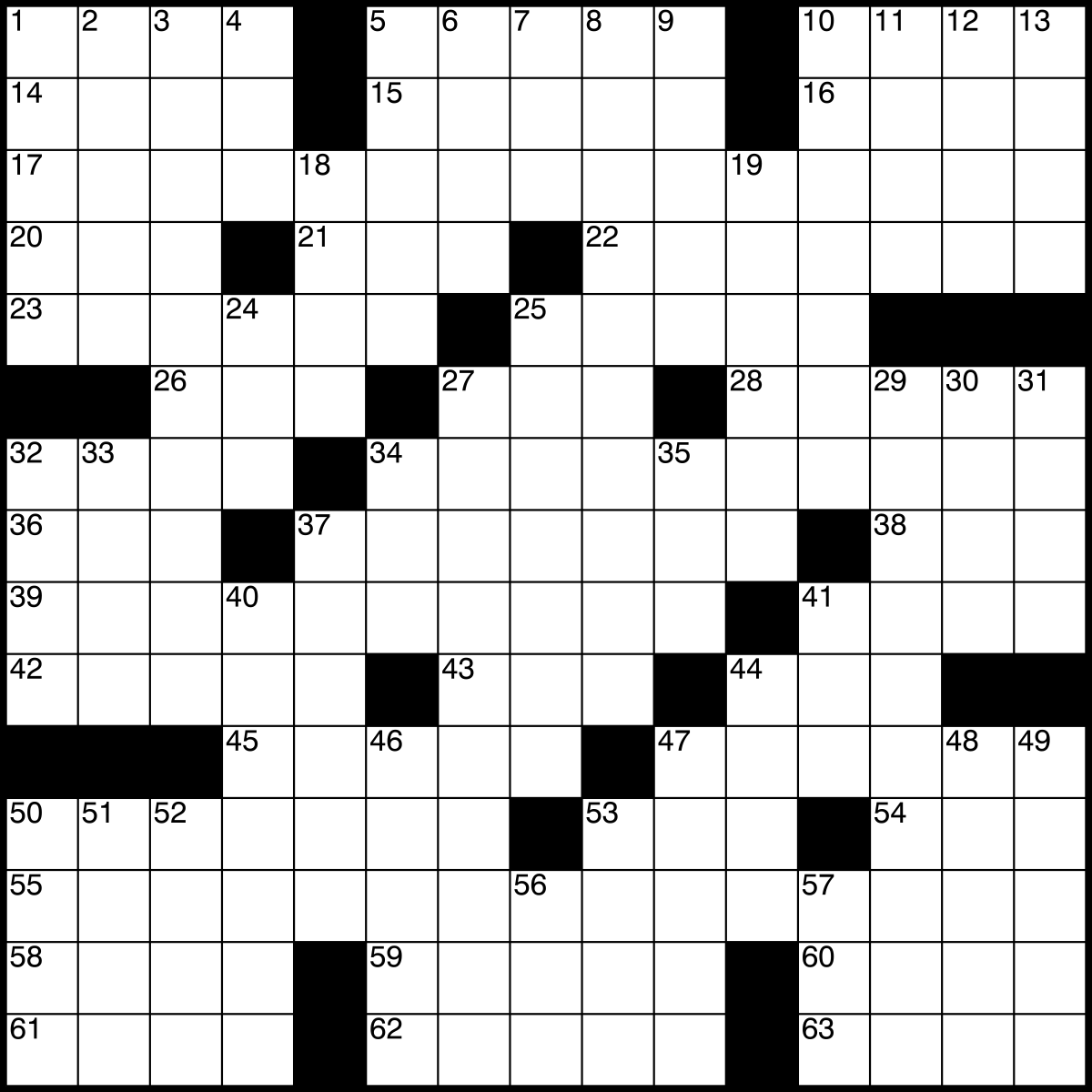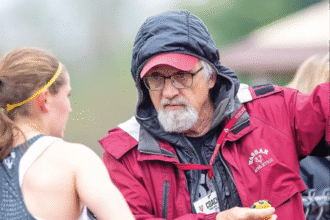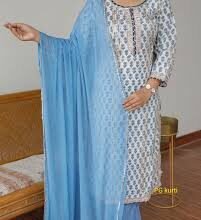Introduction
Crosswords have been a beloved pastime for over a century, and they remain relevant because they combine language, logic, culture, and play. At their core, crosswords are word puzzles built on a grid of white and black squares. Clues ranging from straightforward definitions to clever wordplay and trivia invite solvers to recall vocabulary, make associations, and think laterally. Beyond entertainment, crossword solving trains different cognitive skills: pattern recognition, memory retrieval, vocabulary expansion, and flexible thinking. Many people use crosswords as a daily ritual morning coffee plus the daily puzzle because the activity offers a short, focused break from screens while delivering a clear sense of accomplishment. For teachers, crosswords can be repurposed as a learning tool that reinforces terminology and spelling. For older adults, research and anecdotal evidence suggest that mentally engaging puzzles like crosswords can support cognitive resilience. This introduction sets the stage: crosswords are not just nostalgic trifles; they’re practical tools for learning, mental fitness, and joyful downtime.
The Cognitive & Emotional Benefits of Solving Crosswords
Solving crosswords makes the brain work in multiple modes simultaneously: recall, recognition, deduction, and vocabulary retrieval. When you read a clue and search your memory for candidate words, you exercise episodic and semantic memory and strengthening those retrieval pathways is associated with better long-term recall. Regular puzzle practice also improves pattern recognition and cognitive flexibility because many clues require solvers to reinterpret words (puns, homophones, abbreviations). Emotionally, finishing a crossword produces small, repeatable rewards micro-dopamine hits of satisfaction that can reduce stress and improve mood. For learners and language students, crosswords are a benign immersion method: encountering new words in a puzzle context increases the chances those words will be remembered. For older adults, a consistent crossword habit can contribute to a cognitively active lifestyle, which is one pillar of brain health. Importantly, the social side solving with friends, clubs, or online communities adds positive social engagement, reinforcing the mental benefits with human connection and shared challenge.
Practical Strategies to Solve Crosswords Faster and Smarter
To become a better solver, adopt a layered strategy: start with the easiest fills and return to tougher clues once the cross-checks appear. Scan the grid for short, confident answers three- and four-letter words, common suffixes, and fill-in-the-blank clues often yield quick wins. Next, fill in long theme answers if present; puzzle constructors usually hide their theme in longer entries. When stuck, switch modes: move from across to down clues (or vice versa) to change perspective. Learn common crosswordese recurrent short words or abbreviations and frequently used proper nouns that constructors lean on to fit grids. Don’t be ashamed to pencil in tentative answers; the crossing letters are your verification mechanism. For cryptic crosswords, learn the common clue patterns (anagrams, hidden words, charades) so you can spot the indicator words. Above all, build vocabulary through reading and active learning: the wider your knowledge base, the more likely you’ll crack clues quickly. The goal isn’t speed alone experience the puzzle’s logic and celebrate improvement as you practice.
How to Create a Crossword: A Beginner’s Guide for Makers
Making a crossword is a creative technical exercise that balances theme, grid design, and fill quality. Start with a clear theme idea this could be a phrase, a set of related words, or a clever twist and design a grid size that fits your target audience (15×15 for newspaper-style, 21×21 for Sunday-style). Place the longest themed entries first; they act as anchors around which shorter answers fit. Aim for smooth, natural fill: avoid obscure abbreviations or repeated oddities unless absolutely necessary. Use symmetry (most crosswords use rotational symmetry) to maintain aesthetic balance, and ensure clue difficulty is consistent across the puzzle. Once the grid and fill are in place, craft fair clues: avoid misleading ambiguity unless intentional (e.g., cryptic clues). Test-solve with fresh eyes or with peers testers will find ambiguous clues, awkward fill, or balance issues. Finally, refine wording for clarity and tone. Creating crosswords deepens one’s appreciation for puzzle construction and can be an enjoyable challenge for writers, educators, and hobbyists.
Crosswords in Education and Therapy: Uses Beyond Recreation
Educators and therapists have long repurposed crosswords as effective learning and rehabilitation tools. In classrooms, subject-specific crosswords (vocabulary for biology, dates for history, film terms for media studies) help students review key terms and practice spelling in a low-stakes format. Because crosswords require retrieval rather than passive recognition, they support durable learning through active recall. In speech-language and cognitive therapy, tailored puzzles can target naming, word-finding, and language fluency therapists adjust clue complexity to match patients’ ability and goals. Crosswords also adapt well to differentiated instruction: simpler grids for beginners, themed or cryptic variants for advanced learners. Digital crossword platforms bring useful analytics time to solve, error patterns that teachers can use to monitor progress. These applications demonstrate that crosswords are not only hobbies; they are flexible educational resources and therapeutic tools with measurable learning benefits when used with intention.
Conclusion
Crosswords are deceptively simple artifacts with outsized benefits. Whether you solve casually for pleasure, use puzzles to sharpen language skills, or design grids to entertain others, crosswords reward curiosity and deliberate practice. They combine linguistic knowledge, logical reasoning, and cultural literacy into a compact format that fits morning routines, classroom activities, and social gatherings. Regular engagement promotes mental agility, vocabulary growth, and even emotional wellbeing through small, reliable achievements. For creators and educators, crosswords offer a portable, scalable way to teach and challenge. If you’re new to puzzles, begin with short daily crosswords and adopt a stepwise solving strategy; if you’re experienced, try constructing or cryptic puzzles to deepen your craft. Above all, keep puzzling in a way that feels enjoyable consistency, not intensity, is what builds lasting benefits.
Frequently Asked Questions (FAQs)
Q1: Are crosswords good for improving memory?
A1: Yes regular crossword solving encourages active recall and pattern recognition, practices that strengthen memory retrieval pathways and support verbal fluency.
Q2: How hard is it to make a crossword?
A2: Beginners can design simple 9×9 puzzles, but crafting clean, publishable crosswords requires practice in grid balance, theme design, and clue-writing.
Q3: What’s the difference between American and British crosswords?
A3: American-style crosswords usually have full blocks of white squares and are heavily theme-driven; British (cryptic) crosswords use more wordplay and clue-based trickery.
Q4: Can children benefit from crosswords?
A4: Absolutely age-appropriate crosswords boost vocabulary, spelling, and concentration. Teachers can tailor clues to curricular topics for added learning value.









